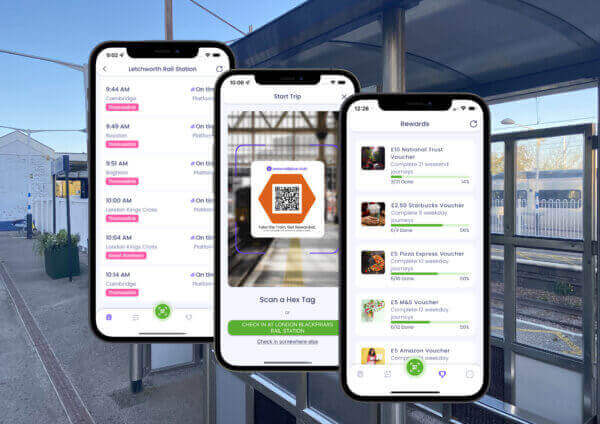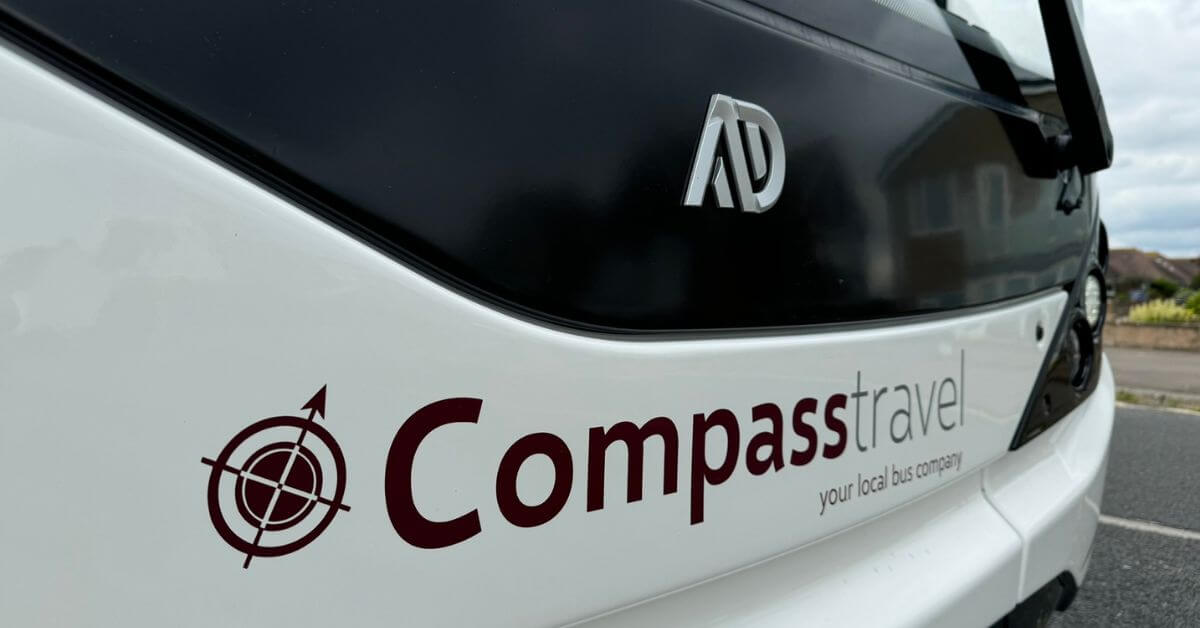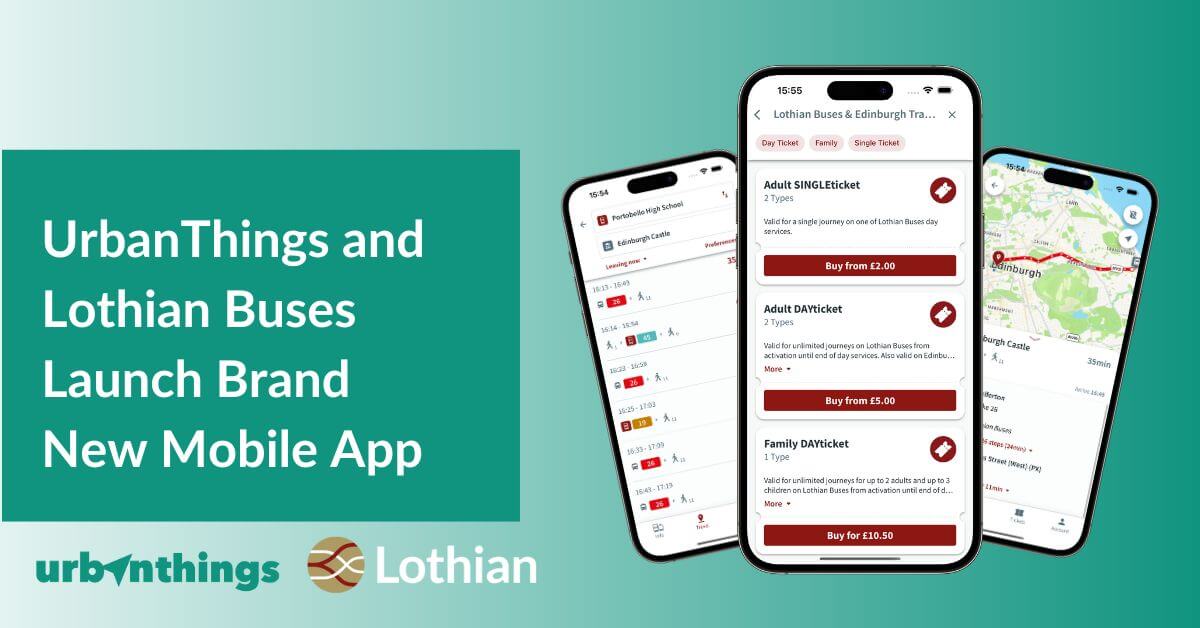Everything you need to know about loyalty programs for public transport
How many loyalty cards do you have in your wallet or purse? Whether it’s for a favourite coffee shop, local supermarket, or online brand, the UK has one of the highest numbers of loyalty programs per shopper – 3.6 to be precise – only Japan and Lithuania have more. The entire customer loyalty management market worldwide is valued at more than 5.5 billion US dollars. So, why is loyalty so popular with business? Evidence is very clear: loyalty is a powerful driver of behaviour change. If you can foster loyalty in your customer base, the behavioural change in those customers is significant and measurable:
Loyalty program members generate 12 to 18% more revenue per year than non-members and 62% of Gen-Zs are highly influenced by loyalty schemes.* Behavioural change is one of the key challenges facing the transport sector.
“The West of England CA is investing in a wide portfolio of transport and mobility interventions; MaaS will complement those investments and, through supporting a shift towards sustainable modes, help to achieve the climate emergency goal.”
West of England CA
MaaS Specification, June 2022

But why are loyalty programs so important for public transport?
If you’re a public transport operator or a city, having loyal passengers has never been more important. With competition from private motor vehicles, scooters, e-scooters, and bikes, it’s never been more easy for your passengers to be disloyal. For commercial operators, with increased fuel bills, rising inflation and interest rates, margins are slimmer than ever and every single passenger counts. Finally, cities have ambitious objectives to demonstrate model shift to sustainable transport. If we can’t encourage people to use more shared transport, we won’t hit these important climate goals.
So, how do we get passengers to stay loyal to your services?
This is the million dollar question!
Fortunately, this is not a new problem. Loyalty solutions have been pioneered in other sectors from retail to banking. The two commonly recommended ways to foster customer loyalty are:
- A good product and customer fit
- Emotional connection
But how do we apply these golden rules to the world of transport?
Good product and customer fit
A good product means offering a great transport service that is efficient and convenient. A good fit means knowing your customers, understanding their behaviour and tailoring your product to fit their needs.
Forging an emotional connection
To connect emotionally with your passengers, it’s about building a genuine and meaningful relationship. Tell a great story. Does your community work lead to your helping charities, schools, or the NHS? Transport operators such as Ipswich Bus do incredible community work and have inspiring stories to tell. Communicating about your values will help you connect with your customers, gain their trust and grow your reputation.
To further foster that emotional connection, the best transport operators have become experts at listening to their passengers and their feedback. Not only does this serve to crowdsource great ideas, it also allows passengers to feel that they are influencing operations.
Finally, rewarding loyal passengers with discounts and perks can help to create a long-term affinity and retention of customers. Rewarding your passengers for their loyalty with a free ticket will also help you distinguish from other brands and make your customers feel valued. There’s a reason why Five Guys gives you extra chips! It costs them very little and you might be back next time to buy that high margin bottle of water.

Luckily, tech is amazing at enabling loyalty
If all of these items on your ‘To Do’ list sound daunting, fear not. Modern technology is the perfect enabler for loyalty.
Once you have deployed a central platform for Account-based travel, you will be able to:
1/ Track your passengers’ behaviour
Knowing what trips your customers are taking is utterly essential to getting a loyalty scheme off the ground, and also provides invaluable data to help you to optimise your services.
2/ Communicate with your passengers
Leveraging the power of data is key to your success! Once you know who is travelling and where, you can segment these passengers into groups and customise your messages. Who is most loyal? Who might be interested in a special offer to travel on weekends? Who needs a nudge to try out a new route, or special offer? Tech allows you to target emails, push notifications and engage with passengers. A loyalty program can foster behaviour change, which you can then measure and refine over time.
3/ Recruit new passengers

In parallel with your loyalty programs, technology allows you to harness multiple digital marketing channels to increase patronage: emails, flyers, posters, etc. All of this could be tracked digitally with a QR code on the poster: the UrbanHub platform uses deep-linking technology to allow a passenger to scan a QR code on their smartphone to gain an instant discount within your app.
Last year, we implemented a loyalty scheme based upon our proven platform UrbanHub (you can find out more about the project here). This is the powerful foundation you need to start capturing data, running a loyalty scheme and increasing your revenue.
If you would also like to enable passenger loyalty with technology, get in touch and our team will be happy to help.
About UrbanThings
UrbanThings is a mobility technology company based in London, proudly part of the Paragon ID group, leading provider of smart ticketing solutions worldwide, UrbanThings’s mission is to create a world in which transport is efficient, effortless, and sustainable for everyone. Providing cities, local authorities and passenger transport operators with a smart transport platform for mobile ticketing and reservations, live vehicle tracking, and rich passenger analytics, UrbanThings’s technology powers over 100 million passenger journeys each year.

